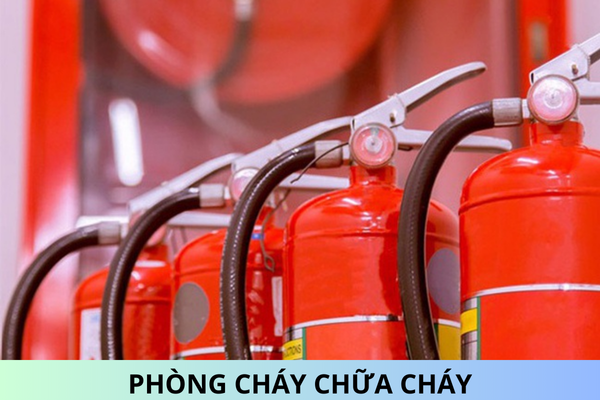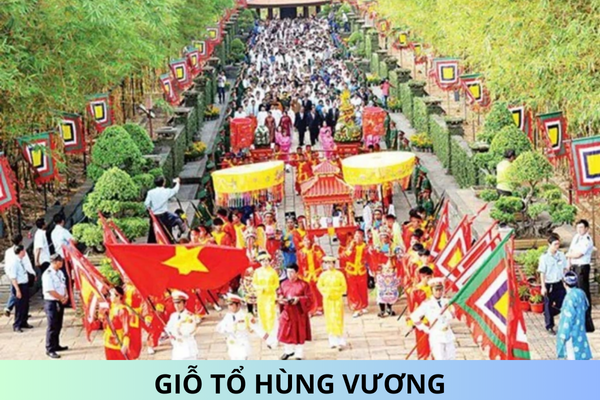What is the significance of November 12 in Vietnam? What are the benefits for the local areas where minerals are being extracted in Vietnam?
What is the significance of November 12 in Vietnam?
Based on Article 1 of Resolution 256/2020/NQ-HDND (amended by Article 1 of Resolution 286/2020/NQ-HDND) regulating certain mechanisms and policies to support tourism stimulus in Quang Ninh province in 2020:
Article 1. Enact certain mechanisms and policies to support tourism stimulus in Quang Ninh province in 2020 as follows:
- Waive and reduce fees at tourist attractions: Ha Long Bay, Quang Ninh Museum (Ha Long City), Yen Tu Relic and Scenic Area (Uong Bi City):
a) Subjects of application: Tourists.
b) Reduce 100% of the ticket fee for tourists at the following attractions: Ha Long Bay (excluding overnight tickets), Quang Ninh Museum, Yen Tu Relic and Scenic Area during the following periods: From May 14, 2020, to June 1, 2020; June 28, 2020 (Vietnam Family Day); July 9, 2020 (Vietnam Tourism Day); July 27, 2020 (War Invalids and Martyrs' Day); August 19, 2020 (Successful August Revolution Day); September 2, 2020 (National Independence Day); October 20, 2020 (Vietnamese Women's Day); November 12, 2020 (Traditional Day of Mine Workers, Traditional Day of the Coal Industry); November 20, 2020 (Vietnamese Teachers' Day); December 22, 2020 (Founding Day of the Vietnam People's Army).
c) Reduce 50% of the entry fee to attractions and overnight visits on Ha Long Bay; the fee for tourists at: Quang Ninh Museum, Yen Tu Relic and Scenic Area from September 9, 2020, to December 31, 2020"
[...]
Annually, November 12 is known as Unyielding Miners' Day or the Traditional Day of Mine Workers, Traditional Day of the Coal Industry, a commemorative day to honor workers in the coal industry, celebrated on November 12 every year in Vietnam.
Thus, annually, November 12 is the Traditional Day of Mine Workers, Traditional Day of the Coal Industry.

What is the significance of November 12 in Vietnam? What are the benefits for the local areas where minerals are being extracted in Vietnam? (Image from the Internet)
What are principles for conducting mineral activities in Vietnam?
Based on Article 4 of the Law on Minerals 2010 (amended by Clause 2 of Article 8 of the Law on Amendments and Supplements to Several Laws Related to Planning 2018) on the principles of mineral activities:
- Mineral activities must be in compliance with the strategies, mineral planning, plans for protection, prospecting, exploitation, and mineral use in provincial planning, in combination with environmental protection, natural landscape, historical-cultural relics, scenic spots, and other natural resources; ensuring national defense, security, order, and social safety.
- Mineral activities can only be carried out when permitted by competent state management agencies.
- Mineral prospecting must fully evaluate the reserves and quality of minerals in the prospecting area.
- Mineral exploitation must prioritize economic-social efficiency and environmental protection as the basic criteria for investment decisions; apply advanced exploitation technology suitable to the scale and characteristics of each mine and mineral type to maximize mineral recovery.
What are the benefits for the local areas where minerals are being extracted in Vietnam?
Based on Article 5 of the Law on Minerals 2010 on the benefits of local areas and residents where minerals:
Article 5. Benefits of local areas and residents where minerals are extracted
- Local areas where minerals are extracted are regulated by the State to channel revenues from mineral extraction activities to support socio-economic development in accordance with the state budget law.
- Organizations and individuals extracting minerals are responsible:
a) Providing support costs for upgrading, maintaining, constructing technical infrastructure used in mineral extraction, and building welfare works for local areas where minerals are extracted as prescribed by law;
b) Combining exploitation with technical infrastructure construction, and environmental protection and restoration as per the mineral extraction investment project; if damage occurs to technical infrastructures, constructions, or other properties, they are responsible for repairing, maintaining, constructing anew, or compensating according to the extent of damage as stipulated by law;
c) Prioritizing the use of local labor for mineral extraction and related services;
d) Coordinating with local authorities to ensure vocational transition for residents whose land is revoked for mineral extraction.
[...]
Thus, local areas where minerals are extracted are regulated by the State to channel revenues from mineral extraction activities to support socio-economic development in accordance with the state budget law.










